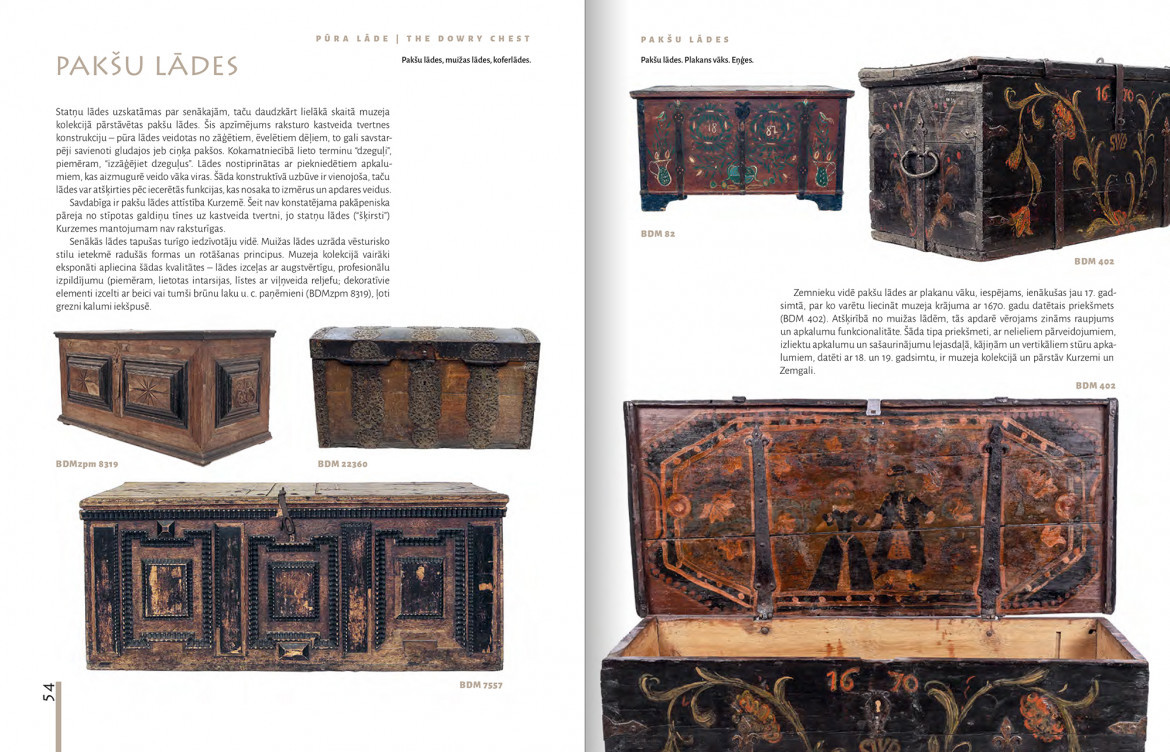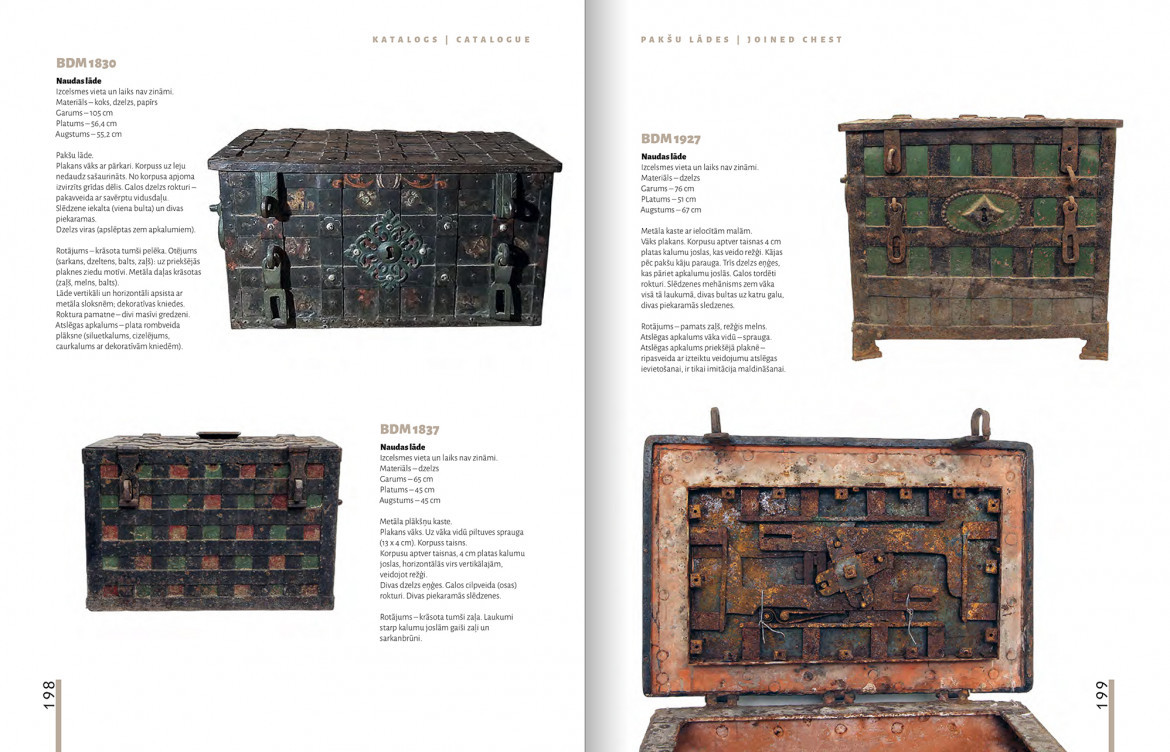Opening of a new book "The Dowry Chest"!
On November 20 of this year, the book "The Dowry Chest: The Catalogue of Chests at the Latvian Open-Air Museum" will be launched at the Priedes Tavern of the Latvian Ethnographic Open-Air Museum. This catalogue is a stunning publication celebrating the museum's centenary, showcasing the museum's collection of 367 chests—the largest and most representative collection in Latvia.
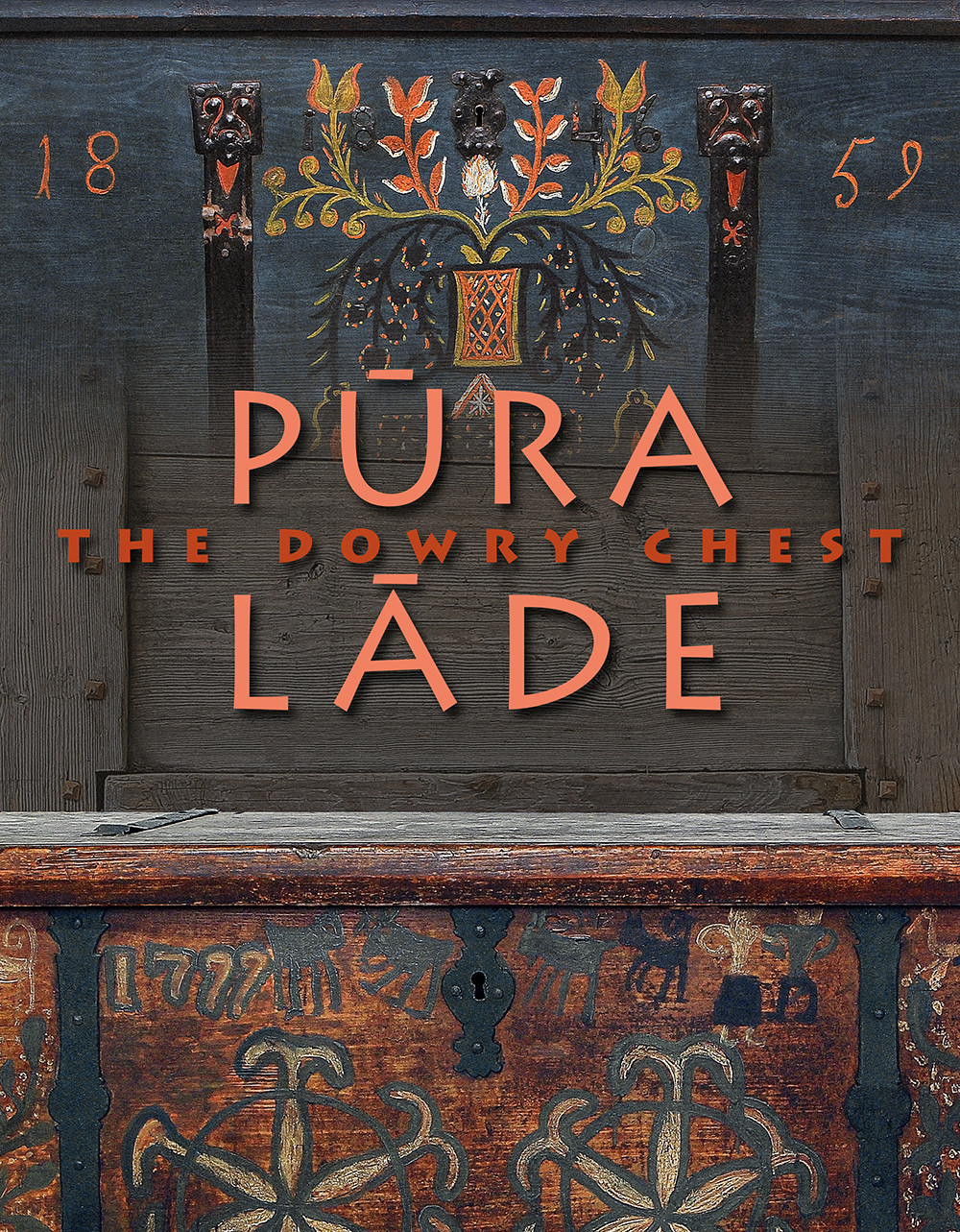
The catalogue includes 367 items from the collection of the Latvian Ethnographic Open-Air Museum, all classified as chest-type objects designed for the long-term storage and transportation of items. These include travel chests, dowry chests, servant chests, student food/book chests, artisan toolboxes, money and document boxes, sailor chests, as well as chests intended for storing grains and flour. This collection has been formed over approximately 90 years in accordance with the museum's founding principles: to showcase the way of life of our people in all its diversity, both from historical and social perspectives.
The goal of the catalogue dedicated to dowry chests is to compile a portion of the tangible cultural heritage preserved in the collection of the Latvian Ethnographic Open-Air Museum and to identify trends of development or decline influenced by social, chronological, and local factors, which are reflected in the chests' construction, decoration, and usage. The process of creating the catalogue has been time-consuming, requiring extensive efforts from numerous museum staff members to transport, clean, restore, photograph, measure, and compile scientific documentation for the chests. It represents the result of a collaborative effort.
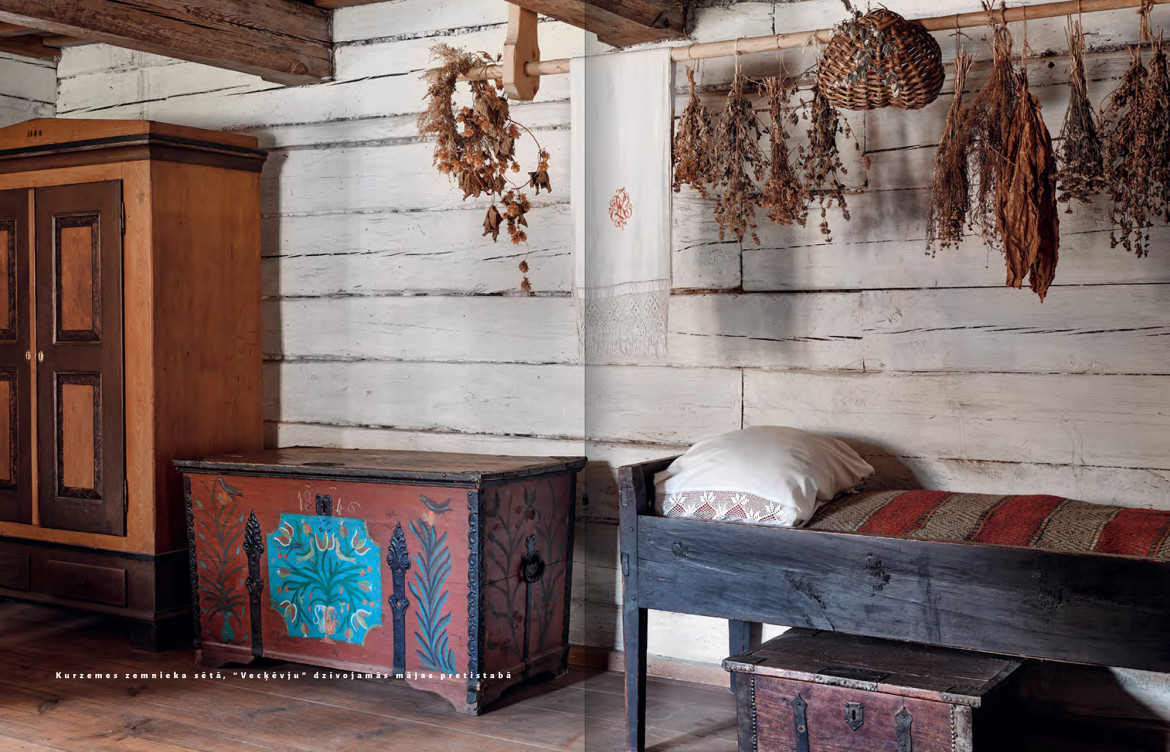
The research section of the catalogue focuses primarily on the exhibits of the Latvian Ethnographic Open-Air Museum. Readers are systematically introduced to various aspects that allow them to explore this entire heritage group, both individually and collectively, while occasionally touching on the international or chronological context and acknowledging its existence (e.g., similar chests in neighboring countries, as well as chests belonging to nobility or urban guilds). The main structural types are evaluated—framed and plank chests—and different details are examined in close-up: structural and decorative elements that reveal a surprisingly wide variety.
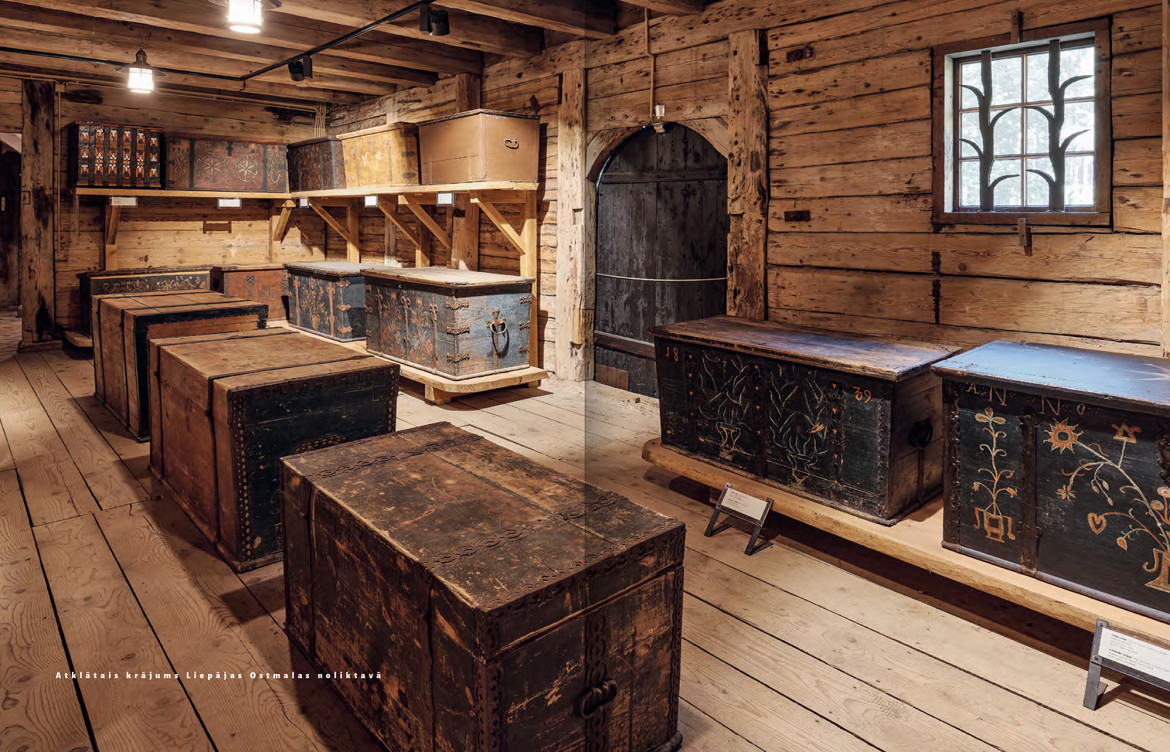
The catalogue section provides a description of each chest, following a specific format: Structure, Lid (given special attention by describing its shape—arched or flat, the number of planks, and structural specifics such as raised edges or border strips, as the lid's shape plays a particularly important role in the classification of chest types), Handles, Hinges** (opening the chest allows for an understanding of their design), Interior(including inner compartments, decorative papers, and painting), Decoration, including ornamental elements.
This detailed examination provides a comprehensive view of the construction, design, and diversity of the chests.
The compiler and scientific editor of the catalogue is Dr. hist. Mārtiņš Kuplais. The preparation of the catalogue utilized research by Dr. art. Kristīne Ogle, photographs by Gvido Kajons, Gatis Dieziņš, and Uldis Veisbuks, as well as images from the archives of the Latvian Ethnographic Open-Air Museum and the collection of the Cēsis History and Art Museum. The artistic design was created by Arta Ozola-Jaunarāja.
The publication of the catalogue was financially supported by the Latvian Culture Capital Foundation.
